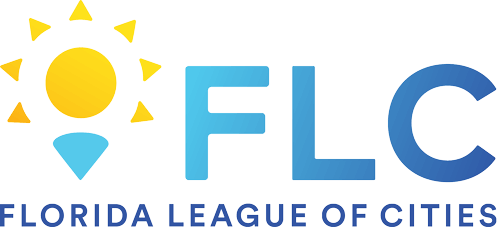When I joined the City of Alachua five years ago, I was happy to learn that the City had a strong strategic plan. I assumed every city in Florida had one, in some fashion. I was wrong.
While a quick online search can provide the basics for creating a strategic plan, there are important nuances. The following is a time-tested foundation.
- Initiative: Set a clear objective (title) for each strategic initiative oriented toward the organizational goal, not day-to-day operations.
- Champion: List the department of your organization responsible for each strategic initiative.
- Stakeholders: Name the groups of people outside of the organization impacted by each strategic initiative.
- Desired outcome: List the specific result in an ideal situation.
- Fiscal impact: Determine the projected budgetary impact of the initiative, and detail monies that have been budgeted (by fiscal year) for the
- Completion date: Specify a specific month and year, regardless of when that might be.
- Background: Detail the genesis of why the initiative was created.
- Progress to date: Determine what, if anything, to do with the particular initiative that has already occurred.
- Action plan and estimated completion dates: List the clearly defined steps necessary to achieve the desired outcome and when each step should be completed if the situation is ideal.
- Critical Success Measures: Specify occurrences that signal how the action steps are progressing.
GET AWAY WITH A RETREAT
Plan a day approximately three to four months before the beginning of the fiscal year when your City Council, City Manager, department Directors and representatives from the public can meet off-campus for four to eight hours. If your budget allows, hire a third party to facilitate discussion.
Reassess last year’s initiatives, individually list and analyze your SWOTs (strengths, weaknesses, opportunities and threats) and determine initiatives to add or sunset from the current plan. Display those initiatives on paper posted around the room.
Provide each Council Member with a red and black marker. Each member reviews the initiatives and is allotted two black check marks and one red. Black check marks indicate importance, and the red check mark indicates the most important initiative to that member.
The number and color of check marks beside each initiative will determine if the initiative is labeled a high, higher or highest priority for the new plan.
SET IDEAL COMPLETION DATES
Create completion dates that are challenging and realistic.
Also, when producing a quarterly progress report for the Council, it is less important to be on schedule than it is to know exactly where you stand with the initiative.
DON’T BE AFRAID TO DREAM BIG
Maybe a priority for your city is a large infrastructure project that will take a few years to finance, design and build. No rule says that you must complete the project in one fell swoop.
If an initiative takes a year (or more) each, create an ongoing budget plan or collect grant funding to design and construct. Making your strategic plan a long-term planning tool means it is more likely for your city to achieve, and it keeps everyone focused over time.
by Mike DaRoza
Mike DaRoza is the City Manager for the City of Alachua.

